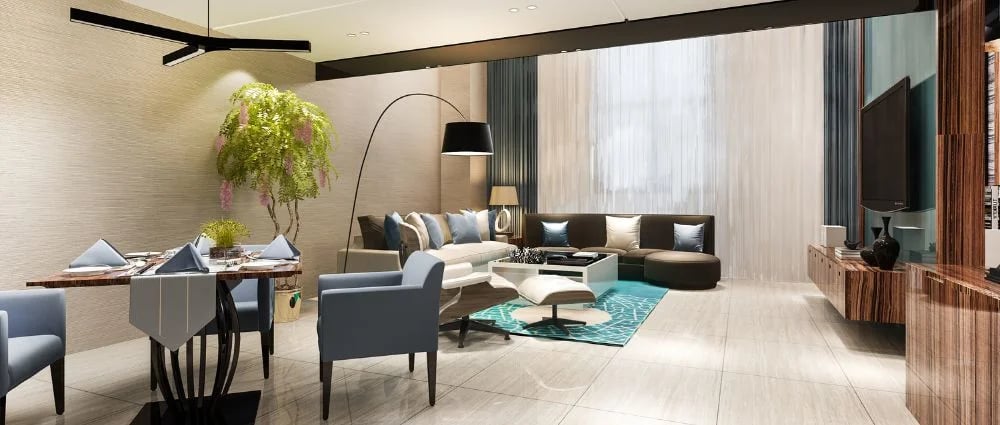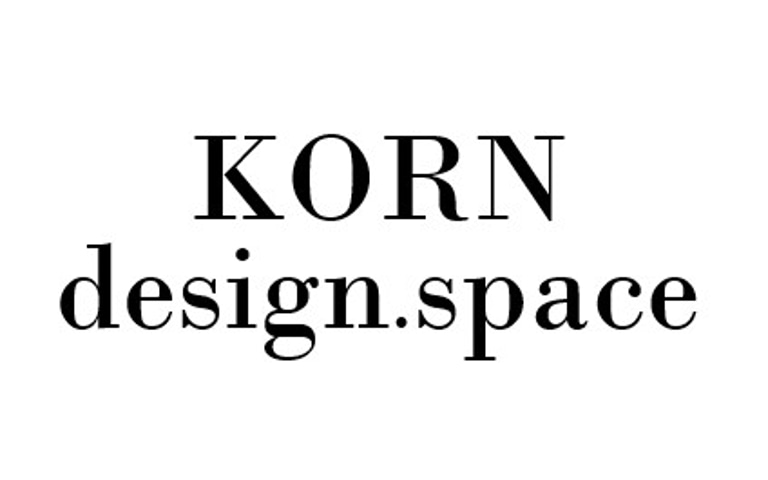Harmonic section of the house
A primary focus of this art is the Harmonic section of the house, which organizes proportion, rhythm, and how spaces are layered to create both interior and exterior areas that feel unified and comfortable
6/17/20255 min read


Architecture extends beyond walls and roofs by helping to create rooms that look together, peaceful, and hospitable. A primary focus of this art is the Harmonic section of the house, which organizes proportion, rhythm, and how spaces are layered to create both interior and exterior areas that feel unified and comfortable. Through this blog, we will discuss the role of the harmonic section in a house, how it is shown in architectural plans, and why an architect needs to master this section for their work.
Understanding the Harmonic Section
Apart from being a design, the harmonic section highlights the importance of connecting the vertical and horizontal parts for balance and attractiveness in a building. A “section” in architecture refers to an image that illustrates the inner structure, materials, and spatial layout of a building by cutting it vertically. If this part is designed correctly, all its components align and contribute to both the home’s looks and its daily purpose.
The ‘golden section’ and other harmonic proportions give harmony and elegance that attract both the viewer’s attention and understanding. For a home to feel balanced, its spaces and their dimensions should be well-thought-out, allowing the house to be open and not cramped.
The Role of Cross Sections in Architecture
To fully enjoy the harmonic section, it is necessary to appreciate the value of cross-sectional architecture. A cross-section provides a side view that shows the placement of all floors, ceilings, walls, and main structural components. For architects, engineers, and builders, this drawing is fundamental, as it enables them to visualize the construction process and the connections between rooms.
Key elements shown in a cross-section include:
Structural components: The structure includes walls, floors, ceilings, and roofs, as well as their respective materials and thicknesses.
Foundations and slabs: The thickness of the foundation and central slab depends on the type of structure.
Utilities and systems: Integrating the plumbing, electrical, and HVAC systems is referred to as utilities and systems.
Doors and windows: Examine the placement and size of doors and windows, as well as their integration with the rest of the structure.
Materials and textures: The different types of surfaces and methods of finish used throughout the building are characterized by their materials and textures.
Designing the home section means architects can ensure the house is both steady and attractive inside.
Designing a Harmonic House Section
To make a harmonic section in a house, several design parts should be well-balanced:
Proportion and Scale: Areas in the home are designed to be welcoming and interconnected. A double-height living room exudes class, whereas smaller rooms evoke a sense of closeness.
Material Harmony: Complementary materials, such as wood and concrete, create a balanced look and feel pleasing to the touch.
Light and Ventilation: Healthy and comfortable air and light in the home are made possible by the use of large openings, skylights, and the proper placement of windows.
Spatial Hierarchy: Living and kitchen areas are typically more open, while bedrooms are designed to be more private.
An instance of a modern two-story house could be built with rectangular blocks on the facade, have a skylight over the hall, and large windows that connect the kitchen or living room with the terrace. It makes the house look nicer and increases its comfort.
The Seven Types of Section Design
Paul Lewis, Marc Tsurumaki, and David J. Lewis include different types of sections in their book "Manual of Section." They illustrate seven types of sections: "Extrusion," "Stack," "Shape," "Shear," "Hole," "Incline," and "Nest." Every style is a method for creating vertical spacing, and advanced projects often combine various types to achieve a dynamic design within the interior.
Extrusion: In extrusion, an extension is created that is either vertical or horizontal.
Stack: Many functions are included, and each one builds on the tasks that came before.
Shape: The section is designed to produce unique spaces for people.
Shear: Spaces are separated to maintain an interesting relationship between them.
Hole: Space is separated and grouped by creating openings between different floors.
Incline: In some places, sloped planes or ramps are used to help you move from one stage to the next.
Nest: Designers add small spaces within larger spaces to give guests a selection and a touch of privacy.
Applying these methods, architects can design spaces that are both functional and aesthetically pleasing.
Why Harmonic Sections Matter
A harmonic section that is designed well plays a key role in a song for many reasons:
Accurate Visualization: Cross-sections provide everyone involved with a clear understanding of the design from every angle within the structure.
Structural Integrity: Cross sections ensure the building is well-constructed, supporting its structural integrity and safety.
Aesthetic Appeal: Beauty and attractiveness in homes are achieved through careful design of shape and arrangement of the spaces.
Functional Flow: In a well-organized house, the layout makes it easy to navigate, and each part of the house is suitable for its intended purpose.
In short, the harmonic section is what helps make homes safe and enjoyable places to live.
Case Study: Modern Two-Story House
Think of a contemporary two-story home with three bedrooms, a living room that spans from floor to ceiling, and a front façade featuring a combination of wood and concrete arranged in an appealing way. The house section shows the following details:
An enormous skylight in the passageway on the second floor makes the people in the building feel like they are moving through time.
There are big rear windows that join the living room to the terrace, which makes the room feel more connected to nature.
Living spaces are located at the bottom, while bedrooms are situated above, with the entire structure designed using suitable dimensions and materials.
This approach to design enables you to transform a building into an attractive, consistent, and comfortable home.
The Connection Between Architecture and Music
You may be surprised to learn that harmony has a range of meanings beyond the realm of architecture. In music, the harmonic series consists of a sequence of tones, and their frequencies are all integer multiples of the fundamental frequency, which helps make music orderly and pleasing. Music derives its lush sound from the harmonic series, while the architecture of harmony creates areas that are full of balance and grace.
Why Choose Korn Design for Your Harmonic House Section
At Korn Design, we believe that every home should evoke a sense of harmony and beauty. With the help of our architects and designers, we ensure that every area inside your home matches your needs and is comfortable and practical.
The Korn design website helps you explore many of our innovative home building projects, which highlight our strong belief in both cross-sectional architecture and design. If you are planning a new home or a renovation, our in-house design skills will ensure your house is even, looks great, and has its unique character.
Conclusion
The harmonic section is the secret ingredient that transforms a house into a home. By carefully considering proportion, material, light, and spatial hierarchy, architects can create spaces that are both functional and aesthetically pleasing. Whether you are an aspiring homeowner or a design enthusiast, understanding the importance of harmonic sections and cross-sectional architecture will help you appreciate the art and science behind every great home.
For more inspiration and expert design services, visit Korn Design and discover how Korn Design can help you achieve the perfect harmonic section for your dream house.
Creation of space
Creating refined spaces with quality and individuality.
Contact
for dialogue :
+380956004742
© 2025. All rights reserved.
